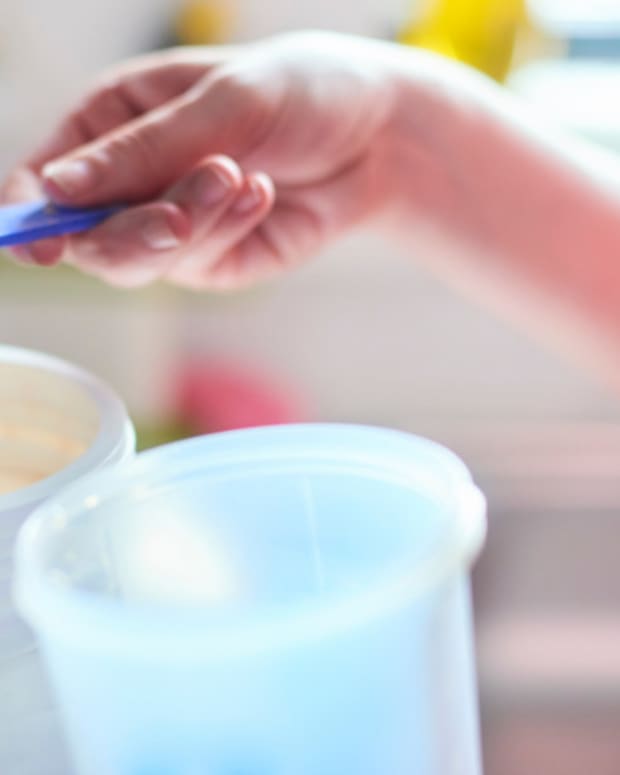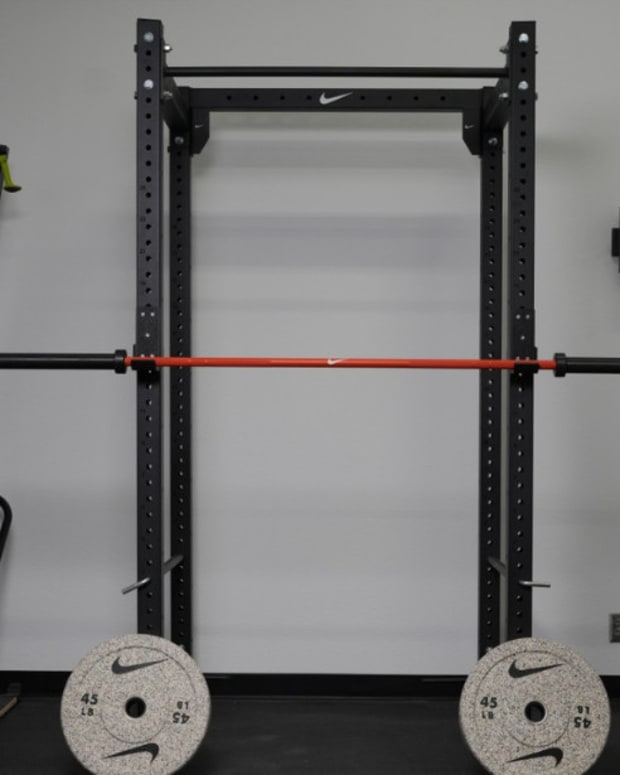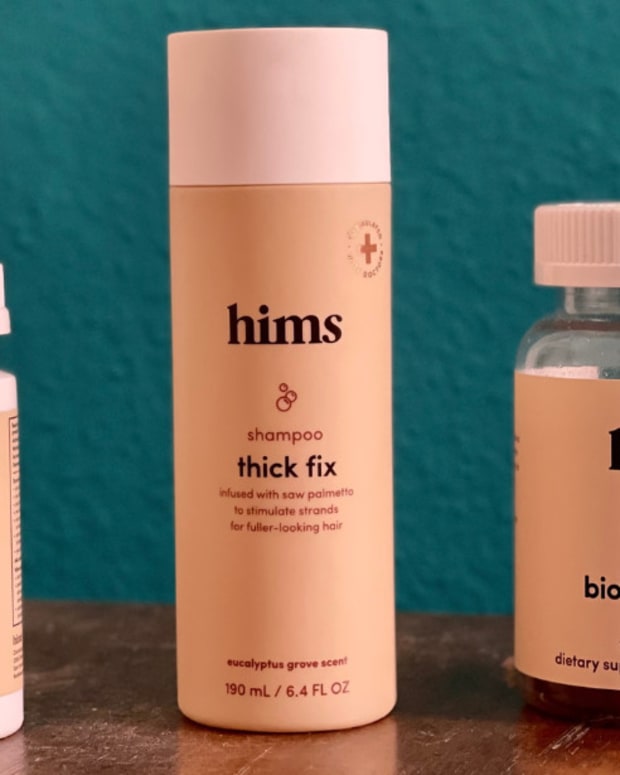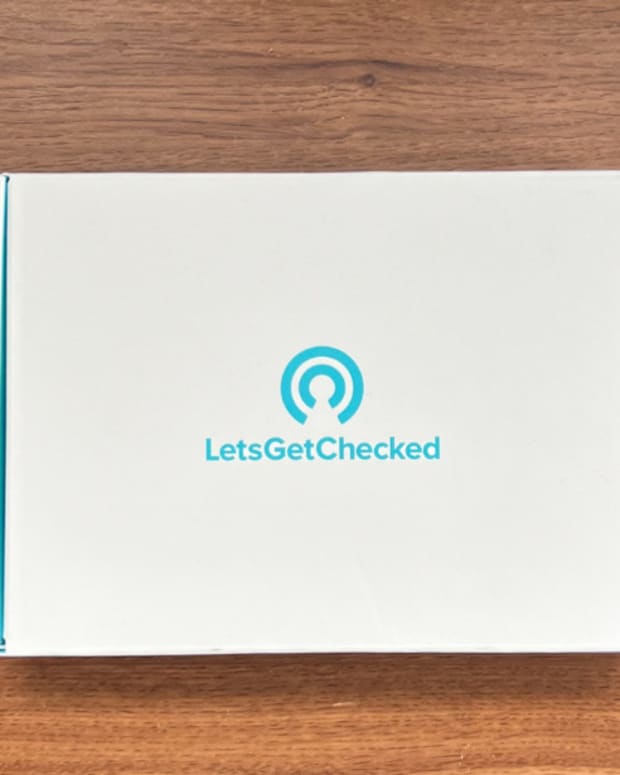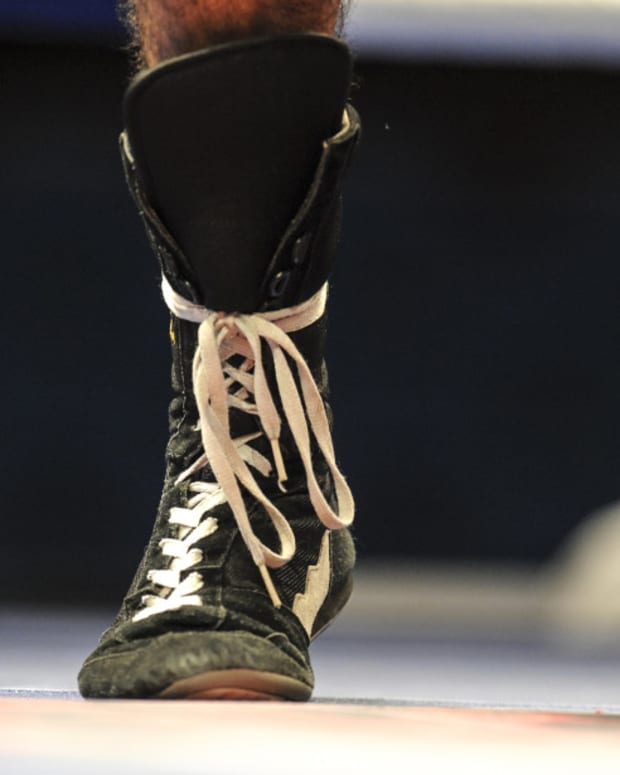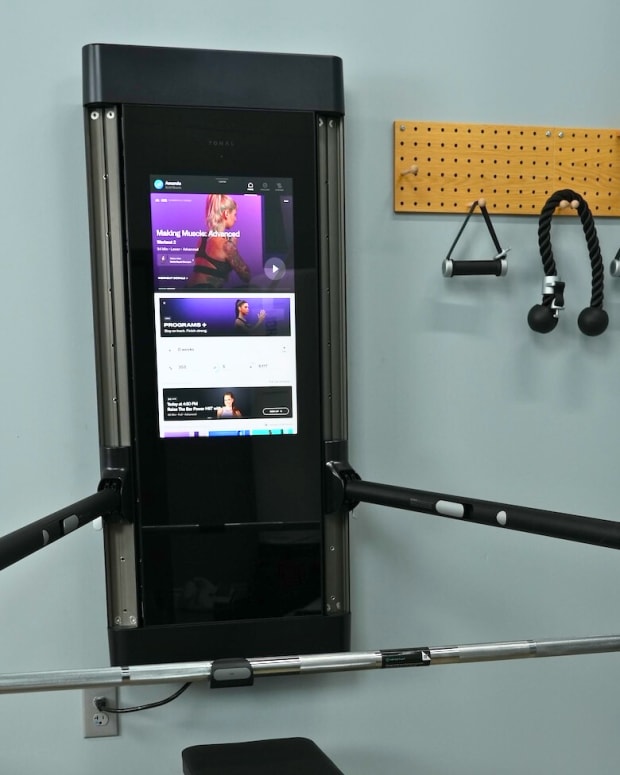The products featured in this article have been independently reviewed. When you buy something through the retail links on this page, we may earn commission at no cost to you, the reader. The Sports Illustrated Editorial Team is not affiliated with the creation of this content. Learn more here.
While some players choose most of their baseball equipment based on personal preference, the position you play determines the style of baseball glove you use. For example, outfielders utilize longer gloves to help them cover more ground, while infielders prefer smaller gloves to grab the ball and transfer it out of their mitts as efficiently as possible.
As a former college club baseball player, I know the ins and outs of each glove style, and have created this guide to help you find the perfect choice—no matter the position you play. Additionally, Mike Reagan, a Black Hills, South Dakota, American Legion baseball coach and former player, provided insights into what players should keep in mind when choosing a glove.
Read on to find the best baseball glove for you.
Our Picks for the Best Baseball Glove:
- Best Baseball Glove for Outfielders: Wilson 12.75-inch A2000 SuperSkin Series Julio Rodríguez Game Model Glove 2024
- Best Baseball Glove for Infielders: Rawlings 11.5-inch HOH R2G Series
- Best Catcher’s Mitt: Rawlings 33-inch HOH Series Catcher's Mitt 2024
- Best Baseball Glove for Pitcher: Rawlings Military REV1X Series
- Best First Base Mitt: Wilson 12.5-inch José Abreu A2000 Series First Base Mitt
Best Baseball Glove for Outfielders: Wilson 12.75-inch A2000 SuperSkin Series Julio Rodríguez Game Model Glove
Wilson A2000 Julio Rodríguez at a glance:
- Material: Pro Stock select American steerhide leather
- Hand: Left and Right
- Size: 12.75 inches
- Price: $299.99
The Wilson 12.75-inch A2000 SuperSkin Series stands out as a premier choice for outfielders looking for a new baseball glove. Crafted with Wilson’s signature Pro Stock leather, this glove offers exceptional durability while still feeling lightweight. In addition, the trademarked SuperSkin (named for the exterior of the glove) is made with a microfiber material that works to actively repel moisture. This helps ensure optimal performance, even in wet conditions.
In my opinion, one of the most noteworthy aspects of this glove is the comfort. While I don’t own the Julio Rodríguez game model version, I do have a generic A2000. The DriLex wrist lining is designed to wick away moisture, keeping both the wrist and hand dry and comfortable throughout the game. The ComfortPro fit features ProLux leather for a softer feel against your hand. “The feel is very comfortable once you've worn it in a bit,” said one reviewer on the Dick’s Sporting Goods website.
It’s important to call out this glove requires a break-in period of at least a couple days to get this glove game-ready.
Pros:
- SuperSnakeSkin microfiber material works to actively repel moisture
- Dual welting for improved durability
- Available for both right-handed and left-handed throwers
Cons:
- Will require some breaking in before use
Best Baseball Glove for Infielders: Rawlings 11.5-inch HOH R2G Series
Rawlings HOH R2G at a glance:
- Material: Heart of the Hide (HOH) cowhide leather
- Hand: Right
- Size: 11.5 inches
- Price: $299.99
The Rawlings 11.5-inch HOH R2G Series is our pick for the best infielder’s glove on the market. Constructed using Rawlings HOH leather sourced from the top 5 percent of available cowhides, this glove offers players exceptional durability and a premium feel. This model also features full-grain fingerback lining, providing additional reinforcement and stability throughout the exterior of the glove.
“This heart of the hide glove is one of the best I’ve ever used. Full grain leather and will last a lifetime if it’s taken care of, perfect for infielders,” said one reviewer on the Dick’s Sporting Goods website.
The standout feature of this glove is the “ready to go” (R2G) designation. During manufacturing, these Rawlings gloves undergo a process the brand claims makes them 25 percent more broken in from the factory, allowing athletes to take their new glove straight from the store to the field. The wrist lining is thermoformed, which means it was given its shape with heat and won’t lose it with use.
The break-in level, durability and 11.5-inch length make this glove an ideal choice for infielders looking to elevate their game. In my opinion, this is a particularly solid choice for both short-stops or second-basemen who need a lightweight, shallow design for quick transfers of the ball from glove to hand.
Pros:
- Break-in process will be shorter
- Thermoformed wrist lining is moisture wicking
- Extra padding in the thumb sleeve for added comfort
Cons:
- May not be wide enough for third basemen
Best Catcher’s Mitt: Rawlings 33-inch HOH Series Catcher’s Mitt
Rawlings HOH Series Mitt at a glance:
- Material: HOH cowhide leather
- Hand: Right
- Size: 33 inches
- Price: $299.99
The Rawlings 33-inch HOH Series catcher’s mitt is specifically designed to meet the demands of catchers playing at the highest level. Like our choice for the best infielder’s glove, this Rawlings catcher’s mitt is made from premium HOH leather. This not only adds to the glove’s overall durability, but also helps protect the catcher’s hand from potential injuries. A very thick and durable glove is required to catch a hundred or more pitches per game, sometimes traveling at speeds as fast as 100 miles per hour.
If you’re behind the plate, I would definitely consider adding the Rawlings 33-inch HOH Series to your list of options.
The main difference between catcher’s mitts and other gloves is the fingerless design (hence the name “mitt”). This provides greater stability and control when receiving pitches, allowing the catcher to secure the ball more effectively without sacrificing dexterity. Another difference is that catcher’s mitts are measured by the circumference of the glove, while fielder’s gloves are measured by the length.
Just be sure to note catcher’s mitts are very thick and will require a substantial amount of time to break in properly, Reagan says.
Pros:
- Thermoformed wrist lining wicks away moisture
- Extra padding in the thumb sleeve for added comfort
Cons:
- Will require a significant break-in period
Best Baseball Glove for Pitchers: Rawlings Military REV1X Series
Rawlings Military REV1X at a glance:
- Material: Ultra-lightweight sublimated shell with HOH leather
- Hand: Right
- Size: 11.5 inches
- Price: $399.99
The Rawlings REV1X Series glove features a laceless web and lightweight shell—intended to be the best when it comes to overall performance and quality. Some of baseball's biggest stars, including MLB pros Bo Bichette, Brendan Rodgers and Francisco Lindor, wear this glove. The standout design element is the laceless palm, designed to promote quicker, easier and more consistent ball transfers from the glove to the hand.
Among players, this glove is somewhat polarizing. To some, the sublimated outer shell, which feels like plastic due to the heat transfer printing of the design, is a turnoff. However, this technology allows for a thinner, lightweight glove that won’t break down over time, and means Rawlings can create designs and colorways impossible to replicate on traditional gloves. This makes it a popular choice among younger athletes who want a glove with a unique color scheme.
Overall, I do think this glove is a great option for pitchers who have the budget to afford it.
Pros:
- Adaptive-fit back that can be adjusted any player’s hand shape
- Laceless palm promotes easier ball transfers
- Extremely durable and designed to hold its shape
- Minimal break-in period
Cons:
- More expensive than other gloves
Best First Base Mitt: Wilson 12.5-inch José Abreu A2000 Series First Base Mitt
Wilson José Abreu A2000 at a glance:
- Material: Pro Stock select American steerhide leather
- Hand: Right
- Size: 12.5 inches
- Price: $299.99
Wilson’s 12.5-inch José Abreu A2000 Series is our favorite first base mitt on the market. This mitt is crafted with Pro Stock select American steerhide leather, ensuring it can withstand the rigors of fielding required to play first base. This mitt also features dual welting (two reinforced layers) integrated directly into the liner, which provide extra support to help the glove hold shape over time.
Wilson uses a trademarked ComfortPro fit liner, which is designed to provide a softer feel against your hand. Many players—including myself—who prefer to play with their index finger outside the glove, also enjoy that the outside of this glove features a flat-finger binding. This reduces the amount of space between your finger and the back of the glove, adding to your overall comfort when making plays at first. One reviewer on the Dick’s Sporting Goods site called this a great glove, going on to say, “Well made, I can tell it will last for many years.”
I especially love the size of this model (12.5 inches), which allows for a better reach when stretching out for a ball compared to shorter gloves and superior scooping when attempting to save errant throws.
Pros:
- Dual welting helps your glove hold its shape over time
- Low break-in time
Cons:
- Not usable for positions other than first base
What Are the Five Types of Baseball Gloves?
Unlike baseball cleats, the baseball glove you need will differ based on your position in the outfield or infield.
Infielder
The middle infielders—short-stop and second-base—typically use gloves with smaller pockets and a shallow design. These gloves allow for quick transfers between the glove and the hand, allowing for more precise ball handling. Third-basemen, however, generally have less time to react to a hard-driven ball. This position is known as the “hot-corner,” which Reagan explains get its name due to the fact players in this position will have a “hot” half-second to field a ball hit directly at them. To handle this, players may prefer a longer glove with a deeper pocket for better coverage of their position.
Outfielder
Outfielders generally prefer larger gloves with a deeper pocket. This helps to provide a longer reach during diving catches and extra cushioning to handle high fly balls. The majority of outfielders' gloves range from 12 to 13 inches in length.
First Base
First basemen use gloves with a unique design. The gloves have a more rounded shape with minimal padding around the fingers. A wider design allows for a deeper pocket and assists in helping first basemen scoop up throws from infielders who hit the dirt.
Pitcher
Pitcher’s gloves are generally very similar to those of middle infielders. The only difference is pitchers usually prefer a closed web design to better conceal their grip on the ball. This allows the pitcher to more easily hide the type of pitch they are going to throw to the batter.
Catcher
The catcher's mitt is the most unique type of glove on the baseball field. Catchers use a heavily padded, fingerless mitt with a rounded shape and very deep pocket. This helps to protect the catcher’s hand from the impact of fastballs, as well as provide a secure grip on the ball during plays at home plate. The circular design provides an excellent target for the pitcher.
How to Break In a Baseball Glove
Unless you’re a professional baseball player, you likely won’t buy a new glove each year. Since you glove will likely stick with you through several seasons, the process of breaking in a new baseball glove is so important.
Most baseball gloves are made of leather, which tends to be extremely stiff and rigid. Breaking in your glove helps to soften the leather and create a pocket that’s essential for easily catching a baseball. (Note: there’s not just one way to go about this process, and some options are better suited for seasoned pros, but we’ve outlined a couple ways below.)
When I was kid, my dad taught me how to break in a baseball glove using shaving cream, a baseball and a pair of long socks.
- Start by lathering the inside of the glove with shaving cream. Make sure you choose a shaving cream with lanolin in it, which is a natural oil derived from sheep. Lanolin will help soften and condition the glove, while shaving creams without lanolin may dry it out.
- Place the baseball in the pocket of the glove. Be sure to choose the exact spot where you actually want to catch the ball.
- Tie a pair of long socks around the baseball glove to help keep it closed. Tie the first sock directly above the ball and the second below it. Be sure to tie these as tight as possible.
- Let the glove sit, overnight is best, to help soften the leather and create an ideal pocket. The following day, you can open up the glove and wipe off the excess shaving cream with a rag or paper towels.
- At this point, you should be able to manipulate the glove fairly well. From here, it’s generally best to play catch with this glove daily until it’s broken in enough for game use, which can take up to 10 practices.
While this process will definitely help break in your glove, it does require some time and patience.
If you need your new glove to be game-ready as quickly as possible, here’s an alternate method you can use. I would only recommend this to seasoned ball players, who know exactly how they want their glove to look and feel, as this method may be quicker, but requires more skill and equipment. Start by applying a glove conditioner, glove oil or a small amount of shaving cream on the inside of the glove.
- Using a glove mallet or something heavy like a five-pound weight, you can pound out the stiff areas of the glove to help soften the leather. It’s essential not to overdo it, since using too much force can damage the glove. It’s best to focus on the most stiff areas, such as the heel and pocket of the glove.
- Do this until you are able to squeeze the glove enough to connect your thumb and pinky finger. From here, if you have access to a pitching machine, you can dial up the speed and catch ball after ball. Playing catch works, too.
How To Choose the Best Baseball Glove for You
Choosing the right baseball glove is essential for optimal comfort and performance on the field; just as important (if not more so) than picking the best baseball bat.
Consider your position
Different positions, such as infielders, outfielders, first basemen and catchers, require different glove designs. Infielders typically use smaller gloves, 11 to 12 inches in length, with a shallow pocket. This allows for a quick ball-to-hand transfer necessary in these positions.
Conversely, outfielders generally use larger gloves, ranging from 12 to 13 inches in length. This creates a deeper pocket to help trap and secure a ball, as well as extend a player’s reach when diving for a ball. These measurements are typically used by individuals who are 14 years or older, or at the high school level and beyond. Younger players will obviously need smaller glove sizes to accommodate their smaller hands.
Check the glove’s webbing
A glove’s webbing pattern is generally a matter of personal preference, but what you choose may be determined by the position you play. The webbing style does affect visibility and the way the ball sits within the glove.
Closed webs generally provide a deeper pocket and may be better suited for outfielders or pitchers looking for optimal ball concealment.
Open web patterns may be preferred by middle infielders to allow dirt to fall through the pockets. The only major drawback of open webbing is the possibility of a ball getting lodged in the webbing during a game, costing precious seconds in retrieving the ball.
Consider the material type
Baseball gloves are available in a variety of material types, including both leather and synthetic options. Leather gloves generally offer increased durability, comfort and a more traditional feel, but they also require a longer break-in period before you can effectively use the glove.
"You can break some gloves in within five to 10 practices,” Reagan says. “However, some gloves, especially expensive ones made with stiffer leather, players will spend lots of time nurturing and molding.”
For these expensive gloves, Reagan says in some cases it can take up to 10 years to lose some the rigidity they start with.
On the other hand, synthetic gloves are typically lighter, easier to maintain and often more affordable. Note that synthetic gloves are generally less durable and may not last as long as their leather counterparts. When you see a glove advertised with “dual welting” this means it is made with multiple layers of reinforced leathxer, offering more durability and protection from the ball.
Set a budget
It’s important to set a realistic budget for getting fully outfitted for the game and explore different options within your price range. Although high-quality gloves may be more expensive, it’s smart to see them as an investment as they generally offer better durability, performance and can last many years.
Prices are accurate and items in stock as of publish time.







